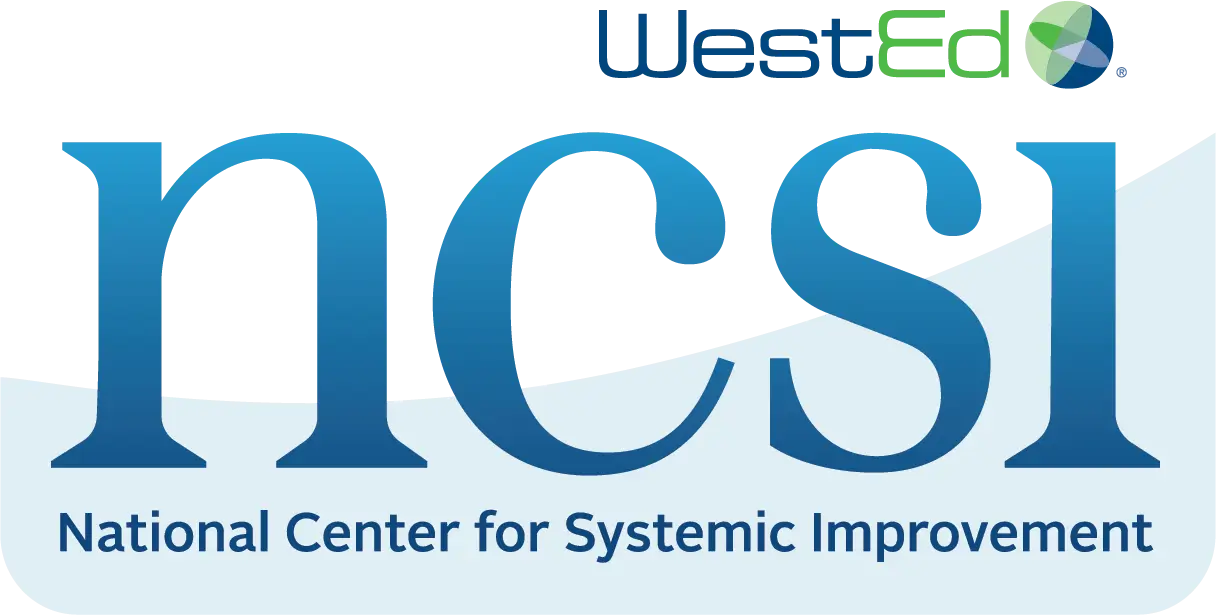The following impact story is about how NCSI built the capacity of New Hampshire Bureau of Special Education Services to implement a three-step coaching framework to improve literacy outcomes. This document highlights the program design, milestones for successful implementation and lessons learned.
TA Center Adapted OSEP DMS Protocol – Part B Subrecipient Monitoring
NCSI has created TA Center Adapted Protocols for Part B Subrecipient Monitoring. The protocols are developed and organized in the following way—
Question: Overarching area and question related to the monitoring component.
General Information: A listing of statements about what the State would need to effectively answer the question.
Possible Follow-up Questions: Questions designed to more closely examine areas addressed by the General Information. The questions included within this section are examples of what may be asked; OSEP may ask additional questions that are not listed to ensure understanding.
Areas (or issues) for Follow-up: Issues which could result in findings of noncompliance if verified, or areas of concern that may not rise to the level of a finding of noncompliance but require follow-up; lead to a finding of noncompliance if the State does not have a process or procedure to meet the Basic Requirement; or be areas that suggest the need for technical assistance or further discussion.
Additional protocol topics available include:
- Data and SPP APR
- Dispute Resolution: Due Process
- Dispute Resolution: Mediation
- Dispute Resolution: State Complaint
- Integrated Monitoring
- Part B Child Find Protocol
- Part B Subrecipient Monitoring
- Significant Disproportionality
- Sustaining Compliance and Improvement
You can access the OSEP protocols and other OSEP DMS information here.
TA Center Adapted OSEP DMS Protocol – Part B Child Find Protocol
NCSI has created TA Center Adapted Protocols for Part B Child Find Protocols. The protocols are developed and organized in the following way—
Question: Overarching area and question related to the monitoring component.
General Information: A listing of statements about what the State would need to effectively answer the question.
Possible Follow-up Questions: Questions designed to more closely examine areas addressed by the General Information. The questions included within this section are examples of what may be asked; OSEP may ask additional questions that are not listed to ensure understanding.
Areas (or issues) for Follow-up: Issues which could: result in findings of noncompliance if verified, or areas of concern that may not rise to the level of a finding of noncompliance but require follow-up; lead to a finding of noncompliance if the State does not have a process or procedure to meet the Basic Requirement; or be areas that suggest the need for technical assistance or further discussion.
Additional protocol topics available include:
- Data and SPP APR
- Dispute Resolution: Due Process
- Dispute Resolution: Mediation
- Dispute Resolution: State Complaint
- Integrated Monitoring
- Part B Child Find Protocol
- Part B Subrecipient Monitoring
- Significant Disproportionality
- Sustaining Compliance and Improvement
You can access the OSEP protocols and other OSEP DMS information here.
Five Strategies for Effectively and Efficiently Staffing State Monitoring Activities
Monitoring is an important component of state general supervision systems and typically encompasses various types of activities at different levels of intensity. States must monitor all local education agencies (LEAs) at least once every 6 years. Some states are grappling with the best way to meet this expectation in light of a large number of LEAs to monitor and limited state agency staff to devote to monitoring activities. The purpose of this brief is to offer state agencies several strategies for effectively and efficiently fulfilling their IDEA general supervision responsibilities and meaningfully monitoring and supporting LEAs to implement the law.
Five Strategies for Identifying Effective Incentives and Sanctions to Support Compliance with IDEA and Improve Student Outcomes
SEAs typically offer LEAs incentives to support the increased likelihood of compliant implementation and improved outcomes and will sanction LEAs following the occurrence of noncompliance or failure to improve toward targets over time. States often use incentives and sanctions (often on a continuum of increasing intensity) to influence LEA actions related to annual determinations, progress toward State Performance Plan/Annual Performance Report (SPP/APR) targets, the correction of noncompliance, response to monitoring findings, or the collection and analysis of data. States may also apply incentives and sanctions based on their state accountability system and related policies or regulations.
States have flexibility in creating a system of incentives and sanctions that is meaningful to their unique context. This brief includes five strategies to help guide state considerations and decision-making around the identification and use of effective incentives and sanctions that support LEA compliance with IDEA and improve student outcomes. The brief also provides a list of potential incentives and sanctions that states may consider.
Quick Reference Guide on IDEA Excess Costs
This quick reference guide helps states understand the excess cost requirement. It explains what excess costs are, how to calculate and meet the requirement, and more.

